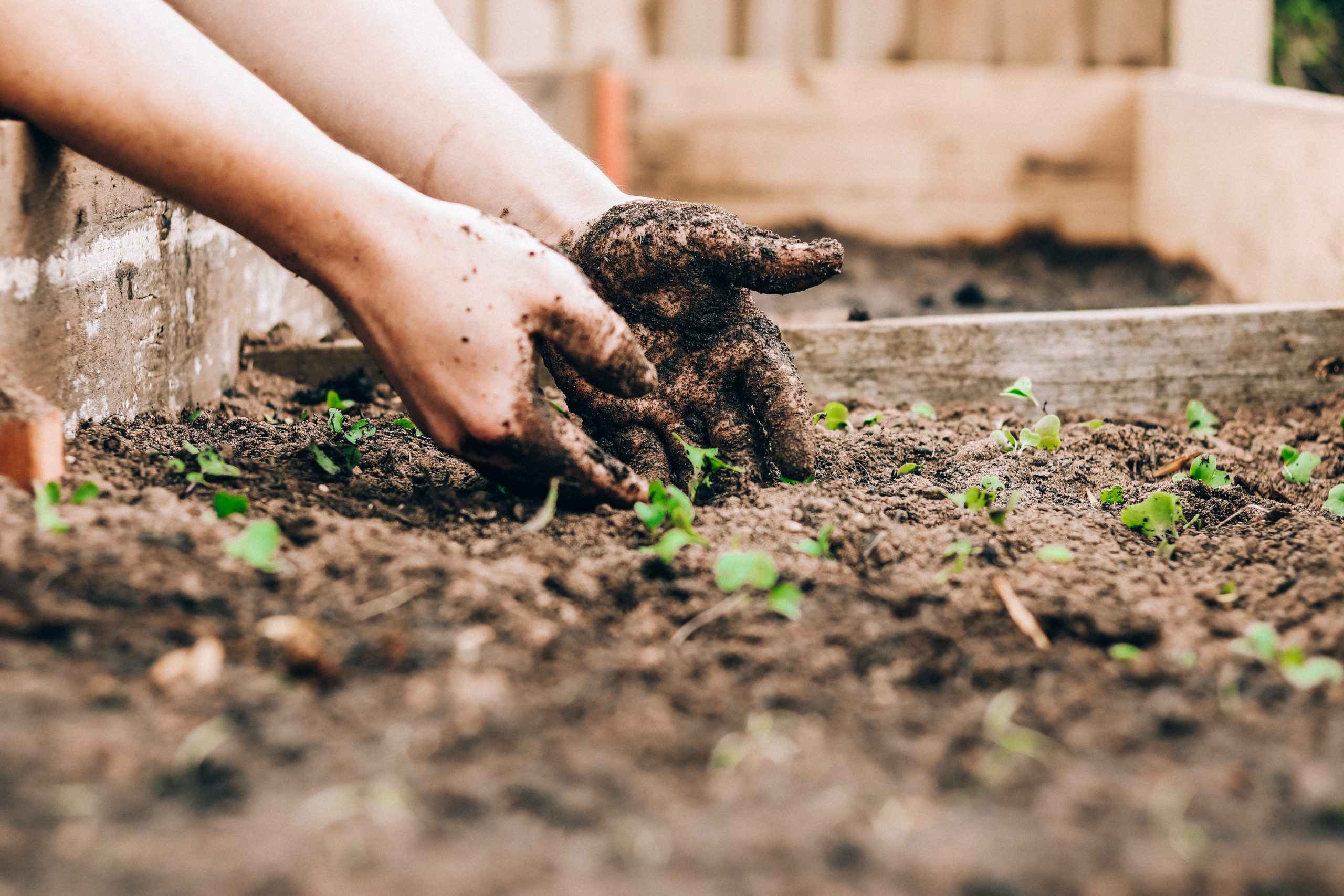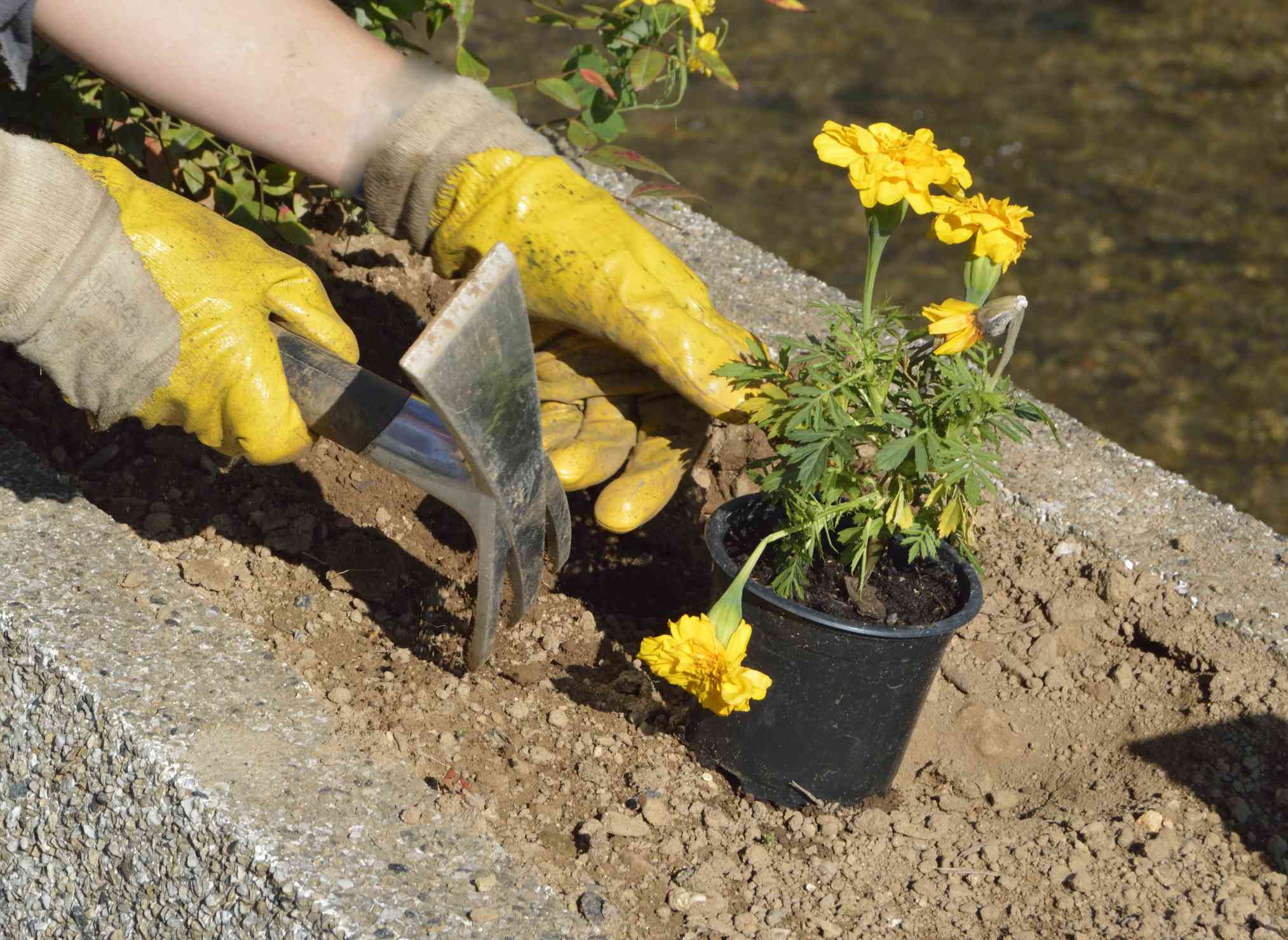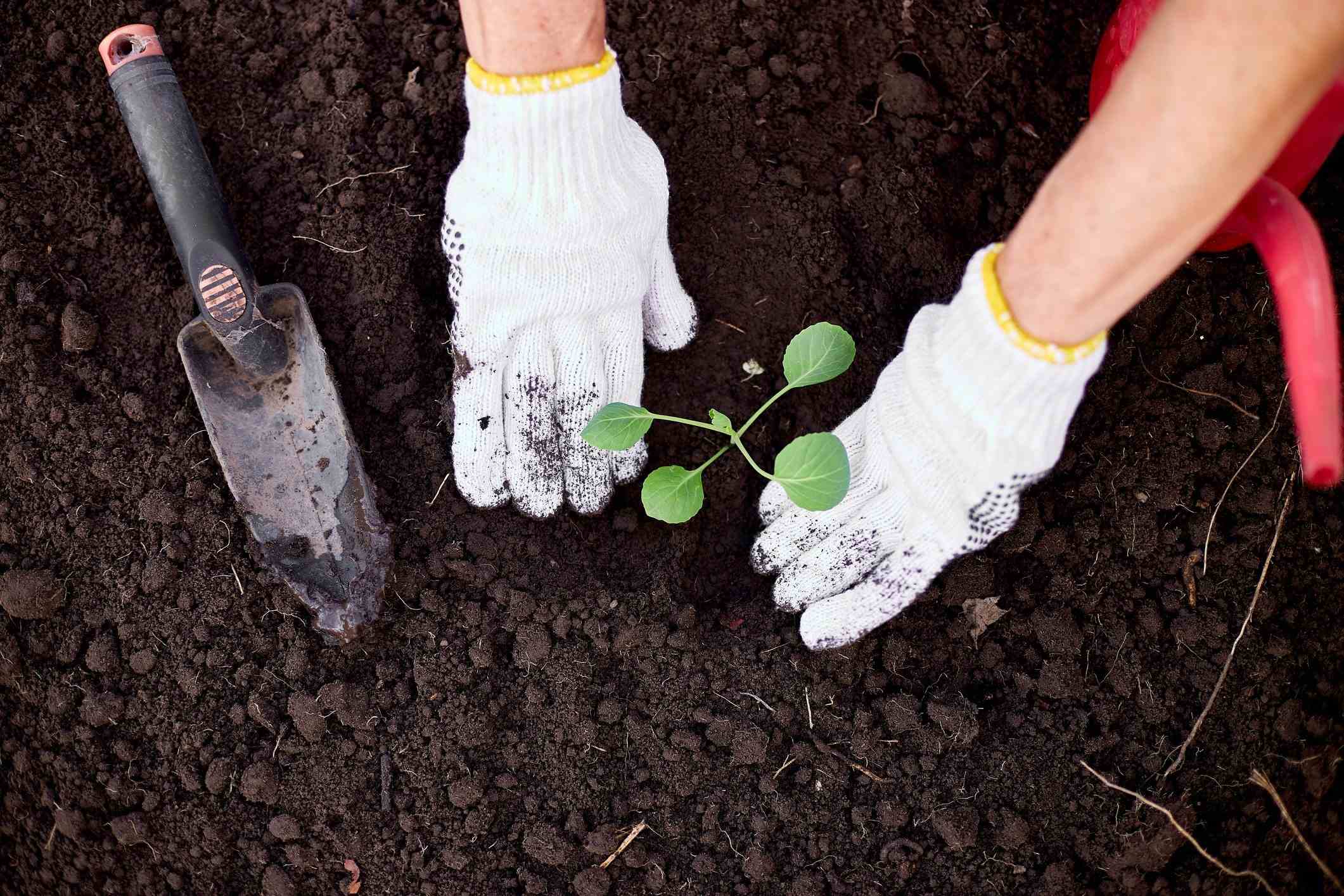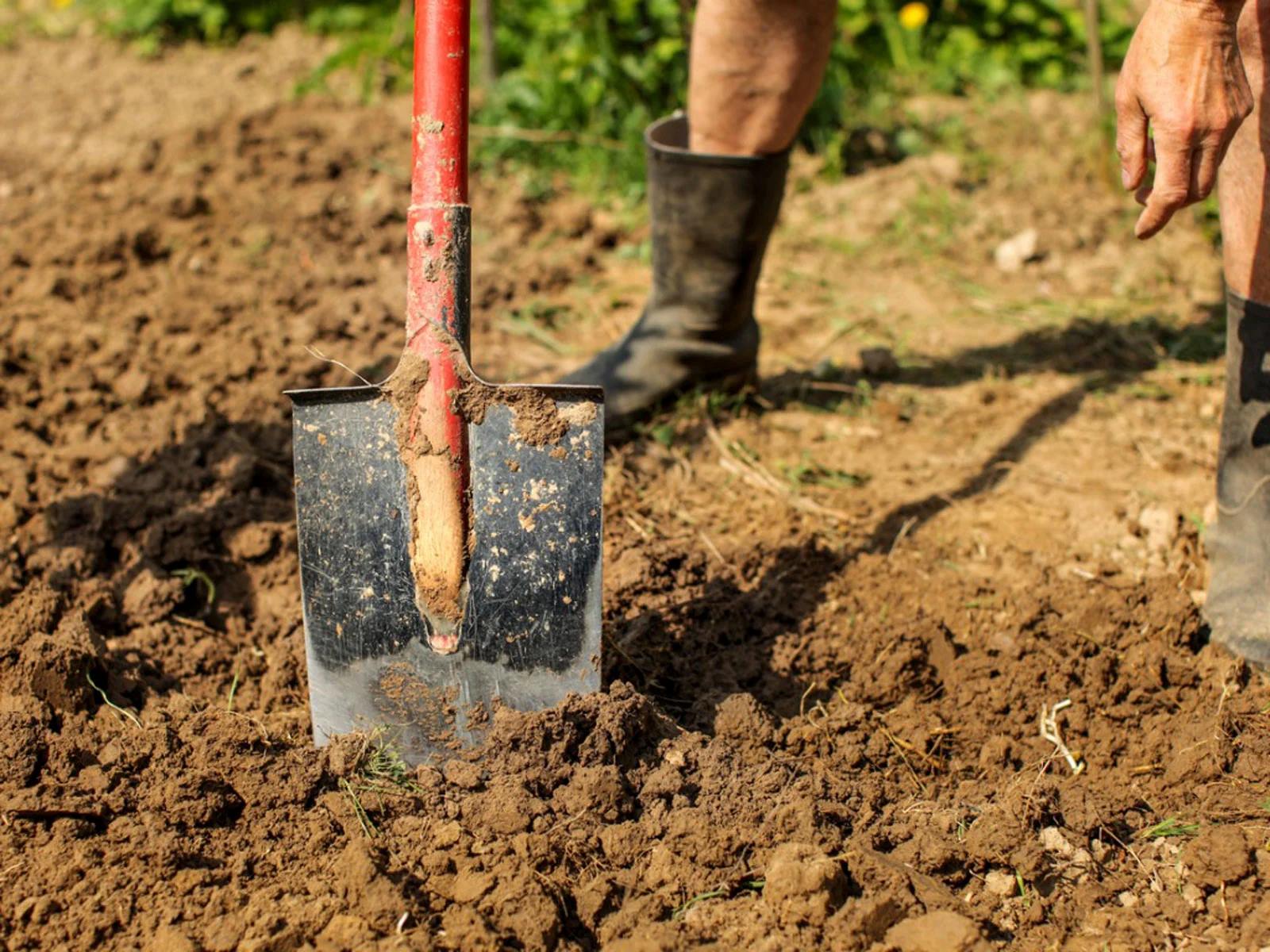Home>Gardening Basics>Understanding Soil>How To Plant Lucky Bamboo In Soil


Understanding Soil
How To Plant Lucky Bamboo In Soil
Modified: February 9, 2024
Learn how to plant lucky bamboo in soil and gain a deeper understanding of the importance of soil composition for optimal growth.
(Many of the links in this article redirect to a specific reviewed product. Your purchase of these products through affiliate links helps to generate commission for Chicagolandgardening.com, at no extra cost. Learn more)
Table of Contents
Introduction
Growing plants can be a rewarding and fulfilling experience, especially when it comes to indoor gardening. Lucky bamboo, scientifically known as Dracaena sanderiana, is a popular choice for indoor plants due to its unique appearance and low maintenance requirements. While it is commonly grown in water, planting lucky bamboo in soil can also be a great option that provides stability and allows for more nutrient absorption. In this article, we will explore the process of planting lucky bamboo in soil, including choosing the right soil, preparing the planting container, step-by-step instructions for planting, and essential care tips for maintaining healthy growth.
Lucky bamboo is not a true bamboo but rather a member of the lily family. It is native to Southeast Asia and has been regarded as a symbol of good luck and prosperity in many Asian cultures for centuries. With its sleek stalks and lush green foliage, lucky bamboo adds a touch of elegance and tranquility to any indoor space. By planting it in soil, you can create a more natural environment for the plant while also enjoying the benefits of soil-based cultivation.
Planting lucky bamboo in soil provides a stable base for the plant, allowing it to grow upright and minimizing the risk of toppling over. Additionally, soil provides a medium for the roots to anchor and absorb moisture and nutrients more efficiently. This can result in healthier and more robust growth of the plant. However, it’s important to note that lucky bamboo can still thrive in water, so the choice of growing medium ultimately depends on personal preference.
Choosing the Right Soil for Lucky Bamboo
When it comes to choosing soil for lucky bamboo, it’s crucial to select a well-draining and nutrient-rich medium. Lucky bamboo prefers slightly acidic to neutral soil with a pH range of 6 to 7.5. Here are a few factors to consider when selecting the right soil for your lucky bamboo:
- Well-draining: Lucky bamboo does not like to sit in soggy soil, as it can lead to root rot. Look for a soil mix that promotes good drainage to prevent excess water accumulation. A mixture of potting soil and perlite or sand can help achieve the right balance.
- Nutrient-rich: Choose a soil mix that is rich in organic matter and has a good balance of nutrients. This will provide a steady supply of essential nutrients to support the growth and development of your lucky bamboo plant.
- Airflow: It’s important to ensure proper airflow within the soil to prevent the roots from suffocating. Adding materials like perlite or vermiculite to the soil can improve aeration and promote healthy root development.
You can purchase pre-mixed potting soil specifically formulated for indoor plants. Alternatively, you can create your own soil mix by combining equal parts of peat moss, perlite, and compost. This mixture provides a well-balanced growing medium for lucky bamboo.
Remember to avoid using garden soil for planting lucky bamboo, as it may be too heavy and compact, leading to poor drainage. Additionally, garden soil may contain pathogens or pests that can harm the delicate roots of the plant.
Before planting lucky bamboo in soil, it’s a good idea to moisten the soil slightly to make it easier to work with. However, ensure that the soil is not overly wet, as this can lead to waterlogged conditions. Keep in mind that lucky bamboo prefers evenly moist soil, not excessively wet or dry.
Preparing the Planting Container
Choosing the right planting container is essential for successful growth of lucky bamboo planted in soil. Here’s how to prepare the planting container:
Container Size: Select a container that is suitable for the size of your lucky bamboo plant. Ideally, the container should be spacious enough to accommodate the roots and allow for future growth. It’s recommended to choose a container that has drainage holes at the bottom to ensure proper water drainage.
Clean and Sterile: Before planting, make sure the container is clean and sterilized to avoid any potential disease or pest issues. You can wash the container with warm, soapy water and rinse it thoroughly. Alternatively, you can sanitize it with a diluted bleach solution, rinsing it well afterwards.
Potting Soil: Fill the container with the chosen potting soil mix, leaving some space at the top for watering. Ensure that the soil is evenly distributed and free of clumps before proceeding to the next step.
Soaking: Prior to planting, it’s advisable to soak the soil in the container with water. This will help to evenly distribute moisture throughout the soil and ensure that it is properly hydrated. Allow the water to be absorbed by the soil before proceeding with planting.
Optional: Lining the Container: If you prefer, you can line the container with a layer of sphagnum moss or a plastic liner to help retain moisture and prevent water from seeping out of the drainage holes. This can be especially useful if you live in a dry climate or if the container is made of a porous material.
Once the planting container is prepared, it’s time to move on to the next step, which is planting your lucky bamboo in soil. Remember to handle the plant with care and avoid damaging or bending the delicate stalks and leaves.
Planting Lucky Bamboo in Soil Step by Step
Now that you have the container prepared, it’s time to plant your lucky bamboo in soil. Follow these step-by-step instructions for a successful planting:
- Select Healthy Stalks: Choose healthy and vibrant stalks of lucky bamboo for planting. Look for stalks that have bright green leaves and are free from any signs of damage or discoloration.
- Trim the Stalks (Optional): If desired, you can trim the stalks to your desired height using a clean and sharp pair of scissors or pruning shears. Make a clean cut just above a node, which is the small swelling on the stalk.
- Create Planting Holes: Using your fingertips or a pencil, create a small hole in the soil that is deep enough to accommodate the base of the stalk. Gently widen the hole if needed, being careful not to damage the roots.
- Plant the Stalks: Place the base of the lucky bamboo stalk into the prepared hole, making sure that it is securely anchored in the soil. Gently press the soil around the base to provide stability.
- Space the Stalks: If you are planting multiple stalks, ensure that there is enough space between them to allow for growth and prevent overcrowding. This will also ensure that each stalk receives sufficient light and nutrients.
- Watering: Give the newly planted lucky bamboo a thorough watering, ensuring that the soil is uniformly moist. Avoid overwatering, as this can lead to root rot. Check the moisture levels regularly and water when the top inch of soil feels slightly dry.
- Placement: Choose a suitable location for your potted lucky bamboo. It thrives in bright, indirect light but can also tolerate low light conditions. Avoid placing it in direct sunlight, as this can scorch the leaves.
Remember to regularly monitor the moisture levels of the soil and adjust watering accordingly. Lucky bamboo planted in soil may require more frequent watering compared to those grown in water. With proper care, your lucky bamboo will continue to thrive and bring beauty and positive energy to your indoor space.
Caring for Lucky Bamboo Planted in Soil
Proper care is essential to ensure the health and vitality of your lucky bamboo that is planted in soil. Here are some important care tips to keep in mind:
- Watering: Lucky bamboo prefers consistently moist soil. Check the moisture levels regularly and water when the top inch of soil feels slightly dry. Avoid overwatering, as this can lead to root rot. Ensure that the container has proper drainage to prevent waterlogging.
- Light Requirements: Place your lucky bamboo in a location with bright, indirect light. It can tolerate low light conditions but avoid direct sunlight, as it can scorch the leaves. Rotate the plant occasionally to ensure even growth and prevent leaning towards the light source.
- Fertilizing: Feed your lucky bamboo with a balanced liquid fertilizer specifically formulated for houseplants. Dilute the fertilizer according to the manufacturer’s instructions and apply it to the soil every two to three months during the growing season. Avoid over-fertilizing, as it can lead to leaf burning.
- Temperature and Humidity: Lucky bamboo thrives in average room temperatures between 65°F to 75°F (18°C to 24°C). It prefers moderate humidity levels, so misting the leaves occasionally or placing the pot on a tray filled with water and pebbles can help increase humidity levels.
- Pruning: Trim any yellow or damaged leaves using clean and sharp scissors or pruning shears. You can also prune the stalks to maintain the desired shape and height of your lucky bamboo plant. Make clean cuts just above a node.
- Cleaning: Wipe the leaves gently with a damp cloth to remove dust and keep them looking fresh and vibrant. This will also help the plant to efficiently absorb light and nutrients.
- Monitoring for Pests: Lucky bamboo is generally not prone to major pest problems. However, it’s always a good idea to check for common houseplant pests such as spider mites or mealybugs. If pests are present, treat them promptly with a natural insecticidal soap or neem oil.
By following these care tips, your lucky bamboo planted in soil will thrive and continue to bring beauty and positive energy to your indoor space. It’s important to observe your plant and make adjustments as needed to ensure optimal growth and health.
Troubleshooting Common Soil-Related Issues
While planting lucky bamboo in soil can provide many benefits, it’s important to be aware of potential soil-related issues that may arise. Here are some common problems and how to troubleshoot them:
- Root Rot: Overwatering or waterlogged soil can lead to root rot, which is characterized by a foul smell and mushy, discolored roots. To prevent root rot, ensure that the soil has good drainage and avoid overwatering. Adjust your watering routine accordingly if you notice signs of root rot.
- Yellowing Leaves: Yellowing leaves can be a sign of various issues, including overwatering, underwatering, or nutrient deficiencies. Check the moisture levels of the soil, adjust your watering routine accordingly, and ensure that the plant is receiving adequate light and nutrients. If necessary, fertilize the plant with a balanced houseplant fertilizer.
- Soil Compaction: Heavy or compacted soil can hinder root growth and proper nutrient absorption. If you notice that the soil is becoming compacted, gently loosen it by lightly aerating the soil with a fork or a small tool. Avoid excessive soil compaction when watering or moving the plant.
- pH Imbalance: Lucky bamboo prefers slightly acidic to neutral soil with a pH range of 6 to 7.5. If you suspect that the pH of the soil is imbalanced, you can test the soil using a pH testing kit. Adjust the pH if necessary by adding amendments like sulfur or lime.
- Nutrient Deficiencies: Soil deficiencies can manifest as slow growth, leaf discoloration, or poor plant health. If you notice these signs, consider fertilizing the plant with a balanced houseplant fertilizer or providing organic matter such as compost to enrich the soil. Always follow the recommended dosage on the fertilizer packaging.
- Soil Erosion: In some cases, soil erosion can occur if the container or soil mix is not stable. If you notice soil erosion, carefully add more soil to the container, gently pressing it around the base of the plant to stabilize it. Consider using a decorative top layer, such as small pebbles or moss, to help prevent soil erosion.
By troubleshooting these soil-related issues promptly and providing the necessary care and adjustments, you can help ensure the ongoing health and well-being of your lucky bamboo planted in soil.
Conclusion
Planting lucky bamboo in soil can be a rewarding and enjoyable experience. By following the steps outlined in this article, you can create a thriving indoor garden and add a touch of nature to your living space. Remember to choose the right soil that provides adequate drainage and nutrition, prepare the planting container properly, and follow the step-by-step instructions for planting. Caring for lucky bamboo requires attention to watering, light, fertilizing, and monitoring for any issues that may arise. Troubleshooting common soil-related problems, such as root rot or nutrient deficiencies, can help maintain the health and vibrancy of your lucky bamboo plants.
Keep in mind that lucky bamboo is a versatile plant and can be grown in both soil and water. The choice of planting method depends on personal preference and the conditions in your home. Whether you choose to grow it in soil or water, lucky bamboo is sure to bring a sense of tranquility and good fortune to your indoor environment.
Now it’s time to get your hands dirty and start planting lucky bamboo in soil! Enjoy the process, stay attentive to your plant’s needs, and watch as it grows and thrives under your care. Happy gardening!




